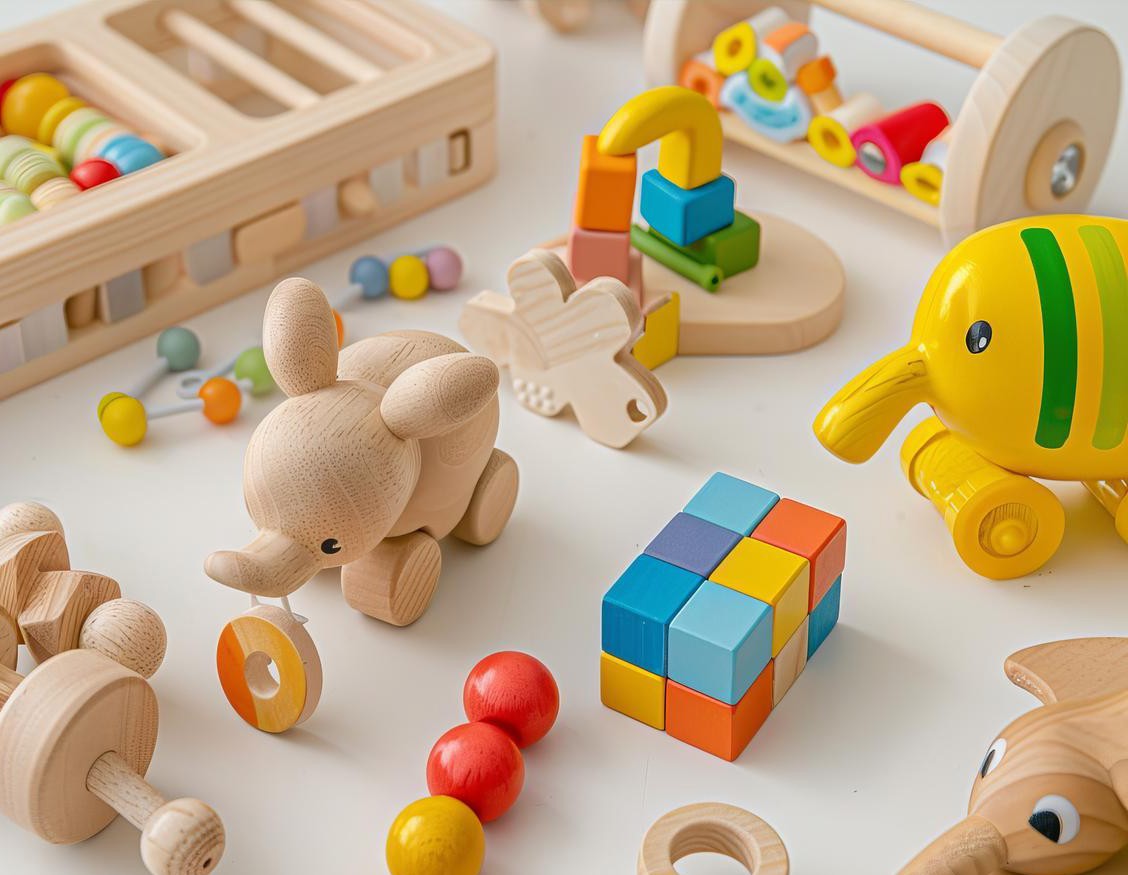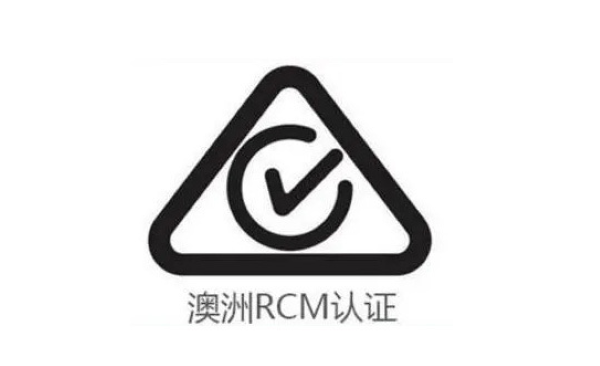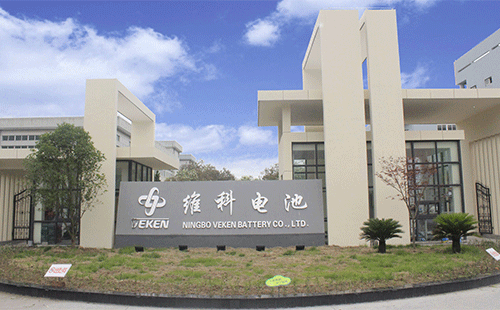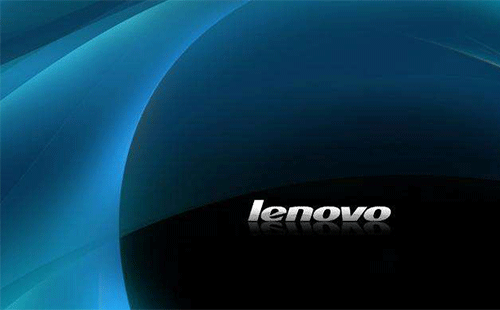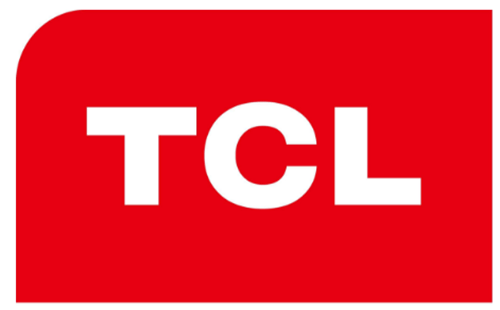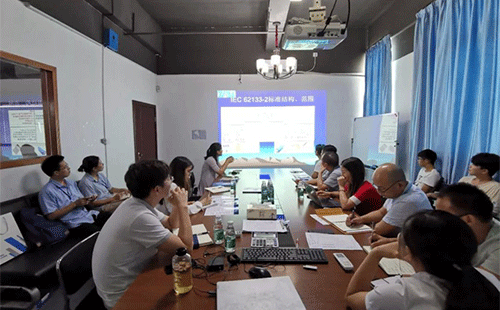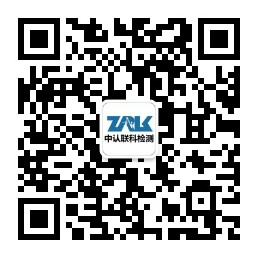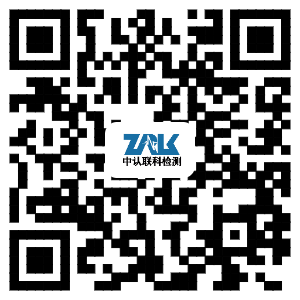RoHS certification requirements
RoHS compliance testing, also known as RoHS Directive testing, has become a standard procedure for most manufacturers, sellers, distributors, and recyclers of electrical and electronic components or equipment sold or used in the European Union.
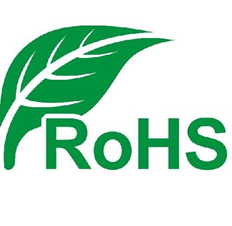
The EU RoHS is closely related to the Waste Electrical and Electronic Equipment Directive (WEEE) 2002/96/EC, which stipulates the collection, recycling and recycling goals of electronic products. It is also similar to the End of Vehicles (ELV) Regulation, which is prohibited in 2003 These 6 hazardous substances are used in vehicles sold after July 2015.
What are the regulatory requirements for lead in RoHS testing
Regulatory requirements for lead in RoHS testing:
1. Different standard versions have different lead limits for RoHS testing
2. Different products have different lead limits for RoHS testing
3. The influence of the standard version on the lead limit of RoHS test lead limit
4. RoHS test lead limit exempt products
Different standard versions have different lead limits for RoHS certification testing
Let me first talk about the overall requirements of the EU RoHS test directive. In fact, we have mentioned this content before, its standard limit.
1.76/769/EEC, 89/677/EEC: Prohibited to use
2.94/62/EC: <100ppm
3. ROHS: <1000ppm
Different products have different lead limits for RoHS testing
Gold: Lead content in steel alloy <0.35% (3500ppm);
Glass: such as fluorescent tube etc.
Alloy: Lead content in steel alloy <0.35% (3500ppm);
Lead content <0.4% (4000ppm);
Lead content in copper alloy <4% (40000ppm)
RoHS test lead limit product difference reasons
The definition of RoHS test limit, in fact, there is a standard limit in relevant EU regulations, but considering that the lead content in the product is different, its potential hazards are also different, which leads to a "special" product with RoHS test limit. Happening.
RoHS test lead limit exempt products
1. Solder: Lead in solder that melts at high temperature (that is, the lead content in tin-lead solder alloy exceeds 85%);
2. Optical glass and goggles can use lead and cadmium;
3. Lead in solder in network infrastructure equipment used for switching, signal and transmission, and telecommunication network management;
4. Lead in electronic ceramic products such as piezoelectric ceramics.
For more information about RoHS certification, please call ZRLK for details. ZRLK has been focusing on the testing and certification of batteries and peripheral consumer products for more than ten years. It always pays attention to the changes in laws and regulations in various countries. Professional engineers will answer you online. It can provide customers with one-stop testing and certification services in multiple countries and regions. If you provide us with product pictures and specifications, we will give us the corresponding cycle, quotation and specific plan according to your product. Welcome to inquire.



